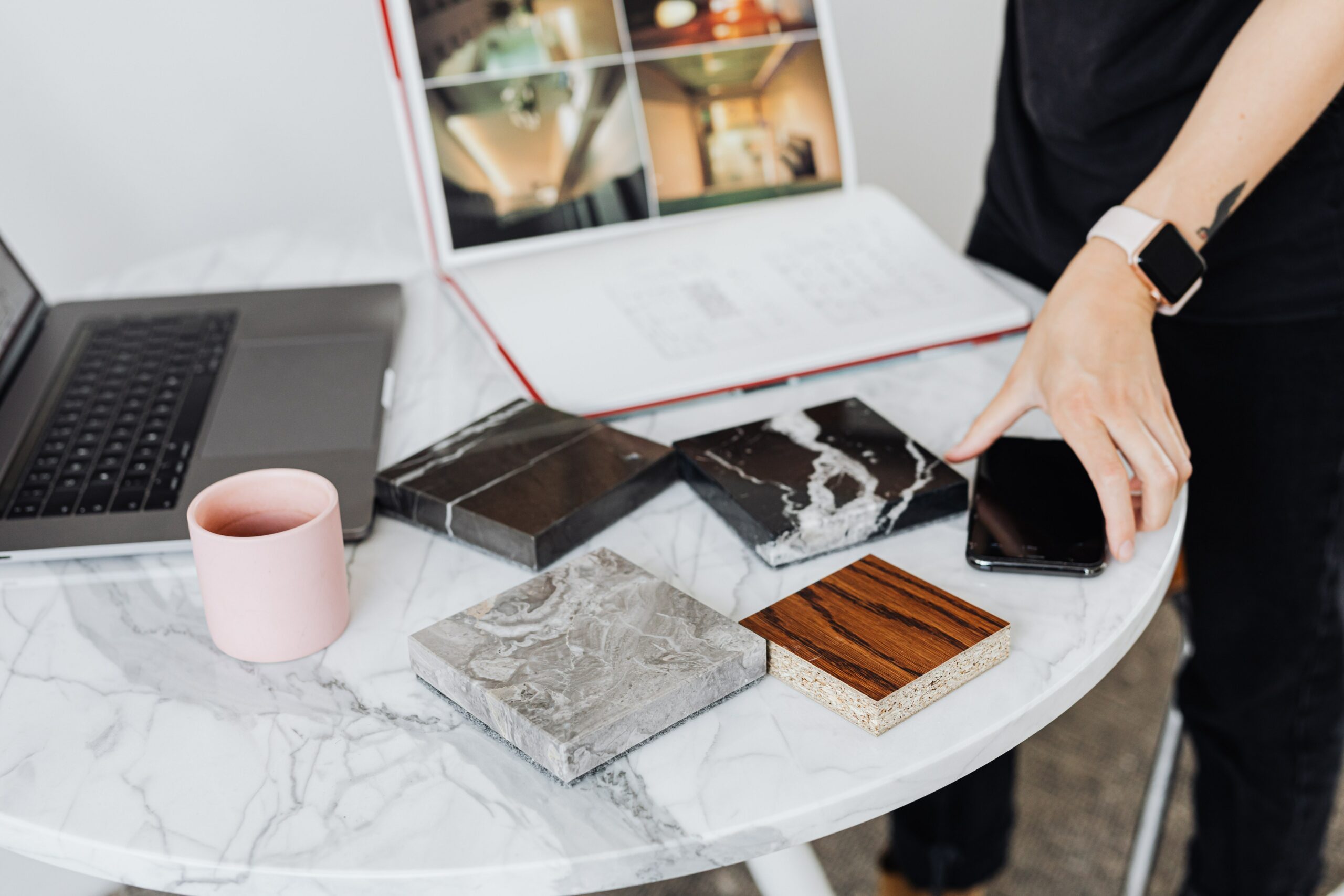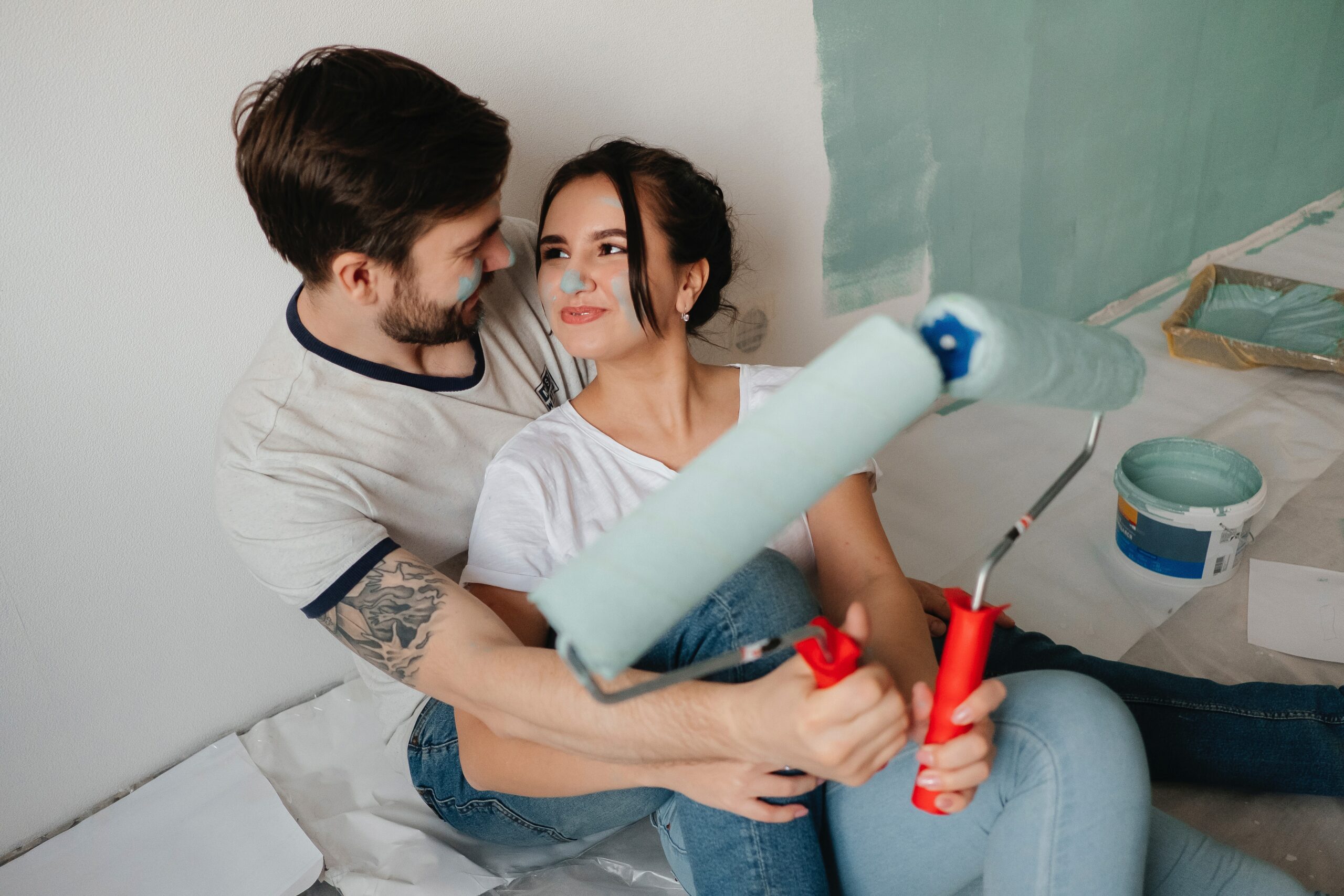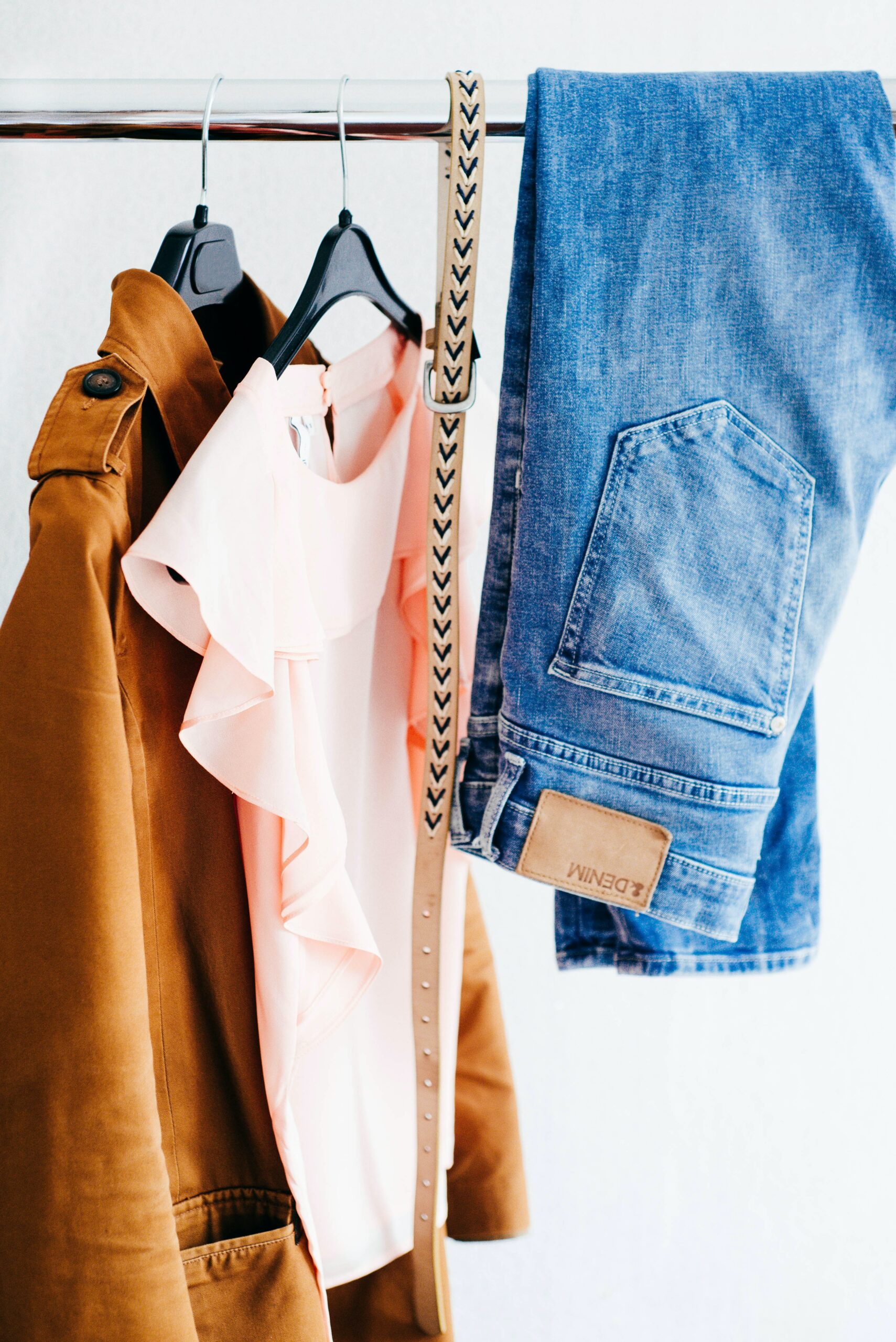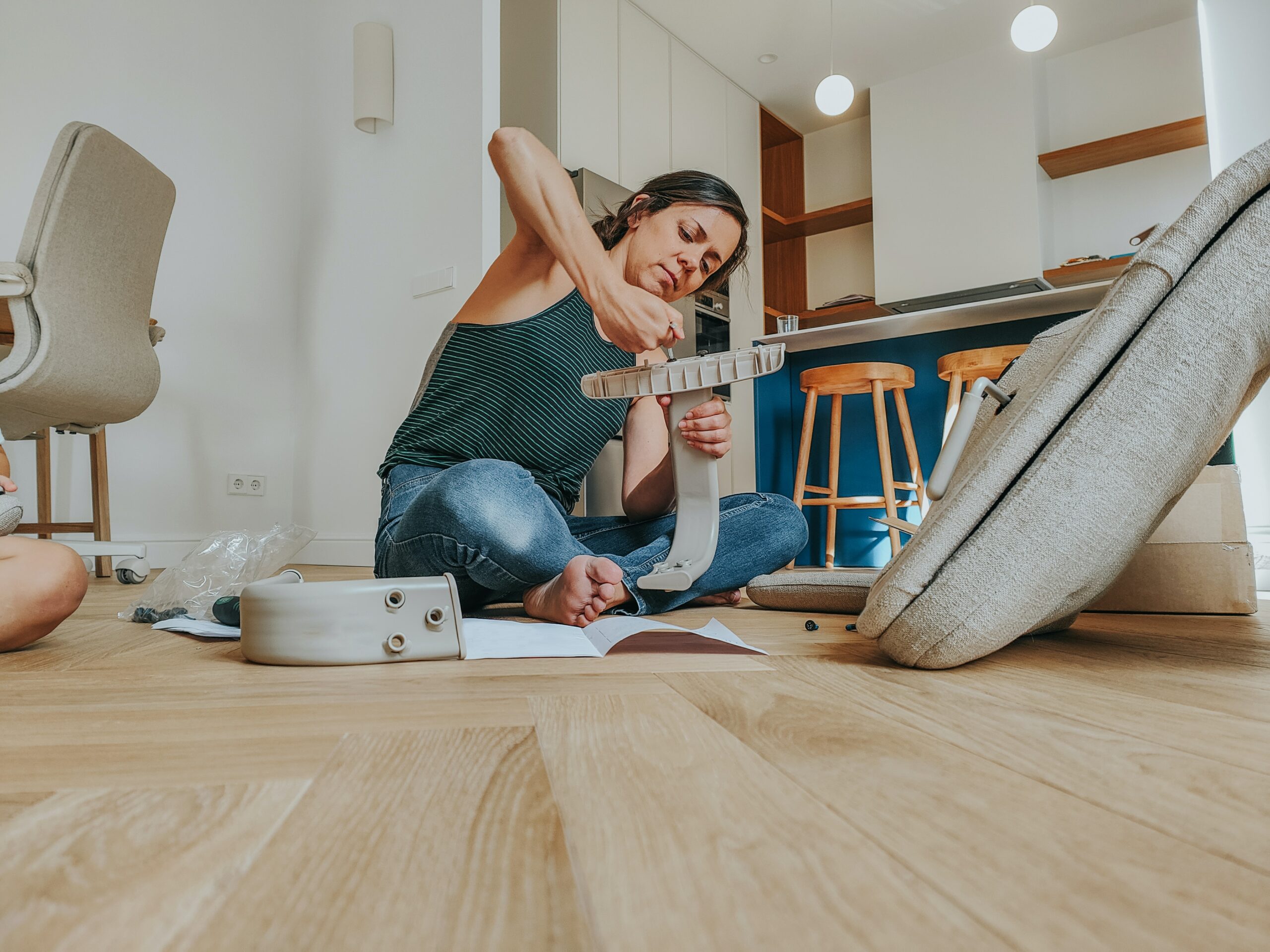My ten-year-old gets bored instantaneously. This made me look for new activities to keep her occupied. While I was surfing the net on the same, I came across some exciting ideas. They are the simple science experiments that I conducted at home. These experiments fascinated my daughter while she also learned about many new things.
These simple science experiments are great to show my daughter that science could be fun, and interesting.
This is a must-try for all you parents out there to use your child’s time constructively. This will also help to get kids rid of smartphones.
1. Magnetic Cereal, Is It?
Procedure: Take a transparent container with a lid. Fill two third of it with clean water. Take any cereal that has iron content in it. Let the cereal soak in the water for a few hours. Now take a magnet and move it on the outer surface of the container.
Result: Tiny iron particles will move along with the magnet after some time.
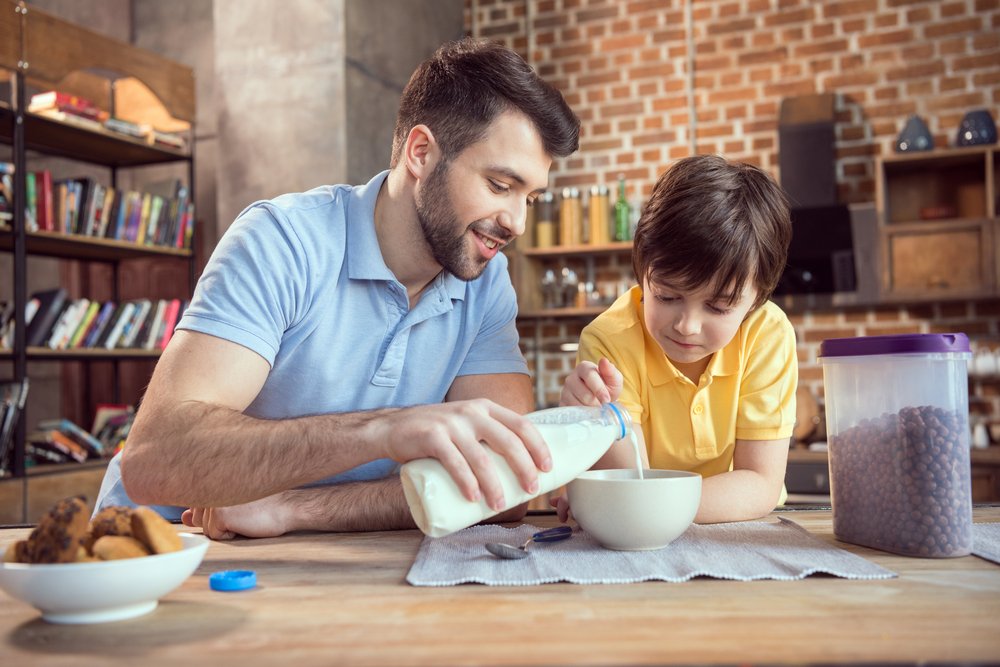
2. Bleaching Colored Water
Procedure: Take two looks through glassed filled with clean water. Add a few drops of food color to one glass and bleach to another. Allow the color and bleach to mix well in their respective glasses. Start adding the bleach to the colored water.
Result: The colored water turns colorless again due to bleaching effect.

3. Let’s Bring in Rain
Procedure: Fill half of a glass jar with hot water. Cover the jar with a plate. Place ice cubes on the plate.
Result: You can observe the inside of the glass jar exhibiting rainfall.

4. Dissolvability
Procedure: Fill a plastic cup with clean water. Take substances like sugar, salt, sawdust, sand, oil, etc. in separate containers. Add one of those substances and stir until it dissolves. If not, you can fill the cup with fresh water and a new substance.
Result: You will learn the dissolvability of various substances.
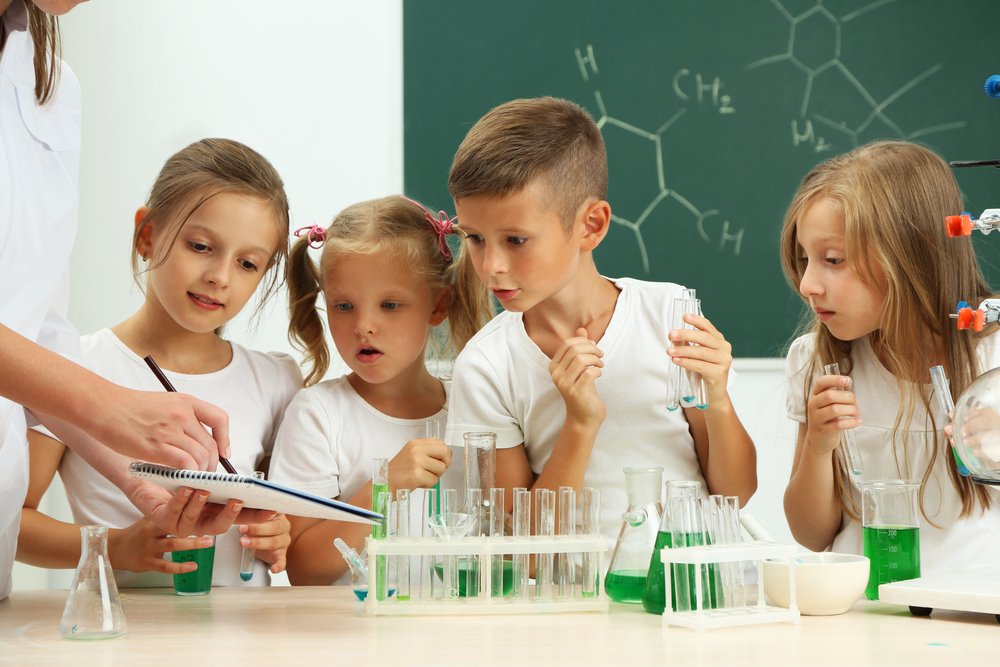
5. Coins Change Color
Procedure: Place a paper towel in a bowl. Pour white vinegar till saturation on the towel. Place a few copper pennies. Observe these pennies over a few hours or days.
Result: The pennies will turn to green color due to the reaction between copper and vinegar.

6. Sunburn Experiment
Procedure: Take a black construction paper. Apply sunscreen on half of its surface. Place it in the sun for a few hours.
Result: You can observe how the parts of the paper that did not have sunscreen fade away.
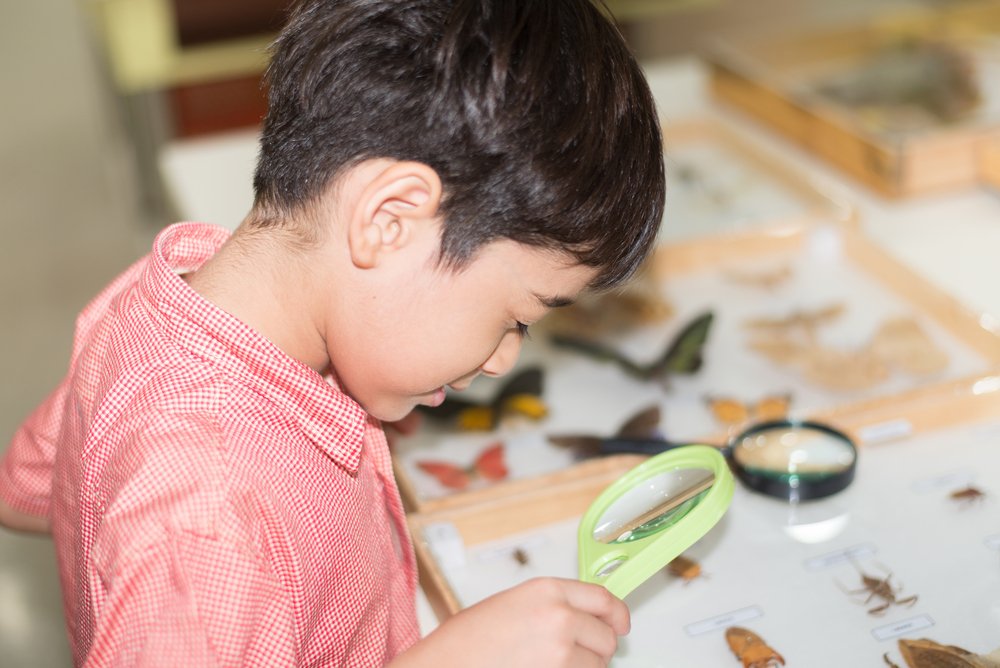
7. Flowers Drink Water
Procedure: Take a white rose with a long stem. Fill a plastic glass with water and a few drops of food colors. Place the rose in the glass.
Result: After a few hours the white rose would have changed its color. This is because the stem absorbs water and supplies it to the petals.
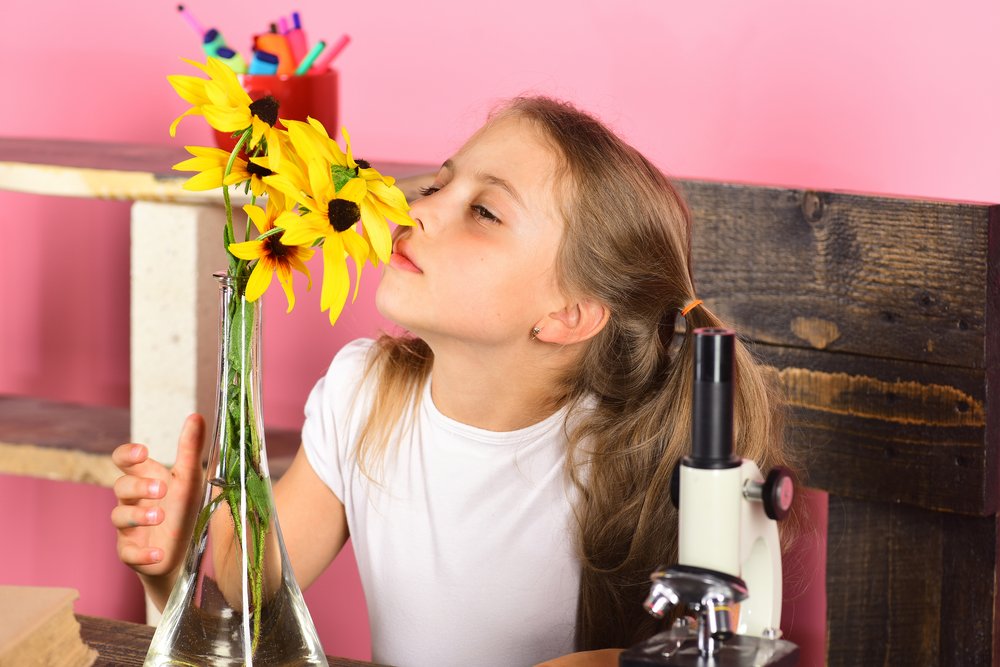
8. Glitter Explosion
Procedure: Place a glass vase on a pan. Add about two spoons of baking soda, 6-7 drops of food color and one spoon of blue/red glitter. Now start pouring vinegar into the vase.
Result: You can observe an explosion coming up with the glitter particles.
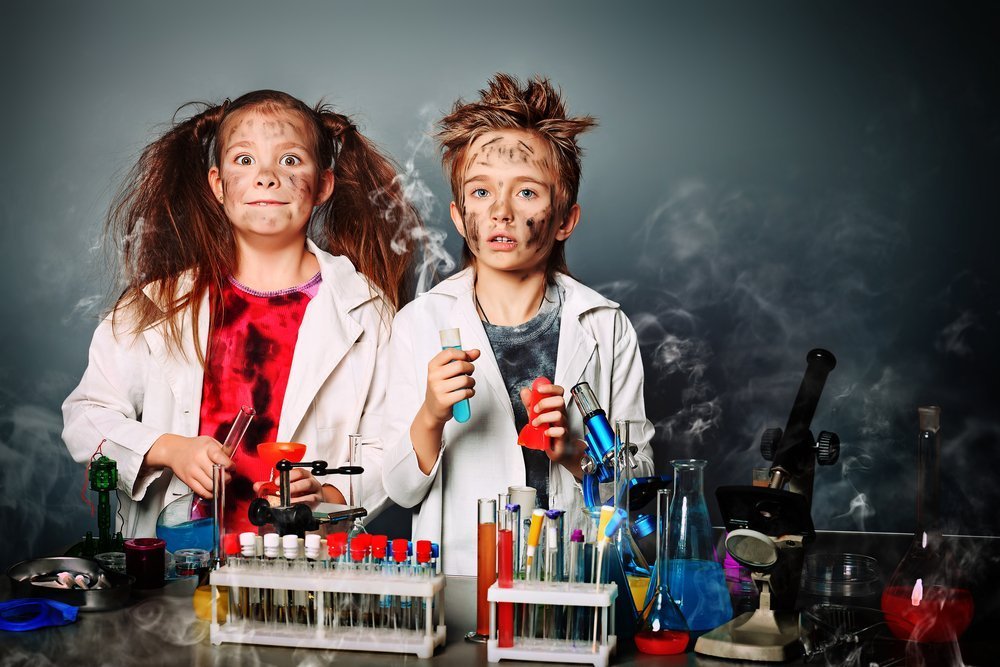
9. Tornado from the Bottle
Procedure: Fill a transparent bottle with clean water. Empty the water into a container without shaking the bottle. Note down the time required for the same. Now fill the bottle with water again. Twirl the bottle while you try to empty the water. Note down the time required for this as well.
Result: There is a significant difference in the time noted down. The latter will be lesser than the former.
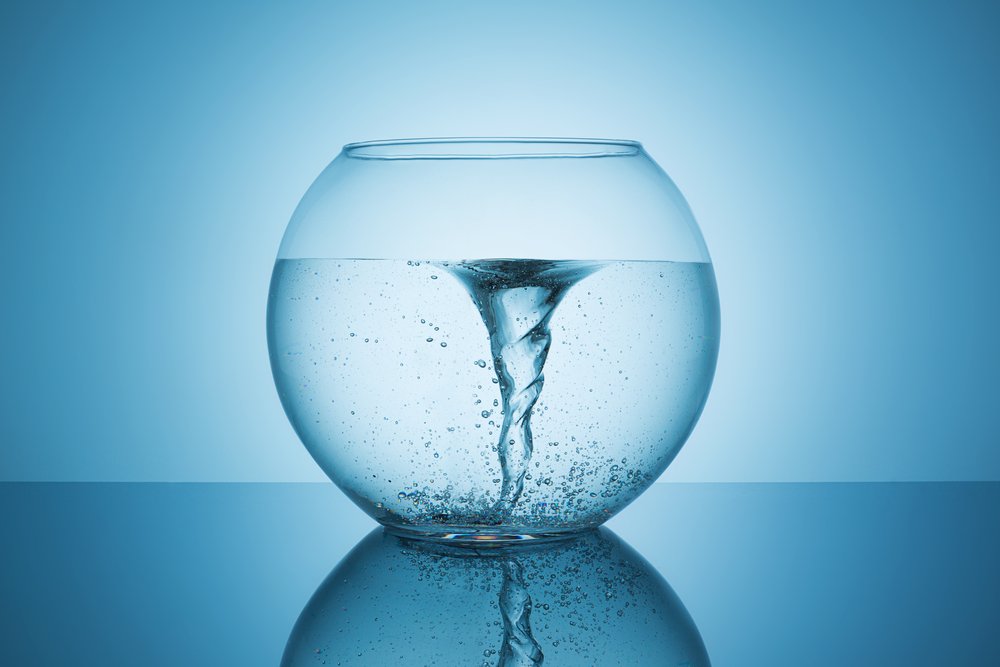
10. Egg in the Bottle
Procedure: Boil an egg and peel the shell. Pin a small candle to its pole. Now light the candle. Face the flame towards the opening of a transparent water bottle. Carefully push the egg into the bottle.
Result: You can see the complete egg within the bottle in no time.
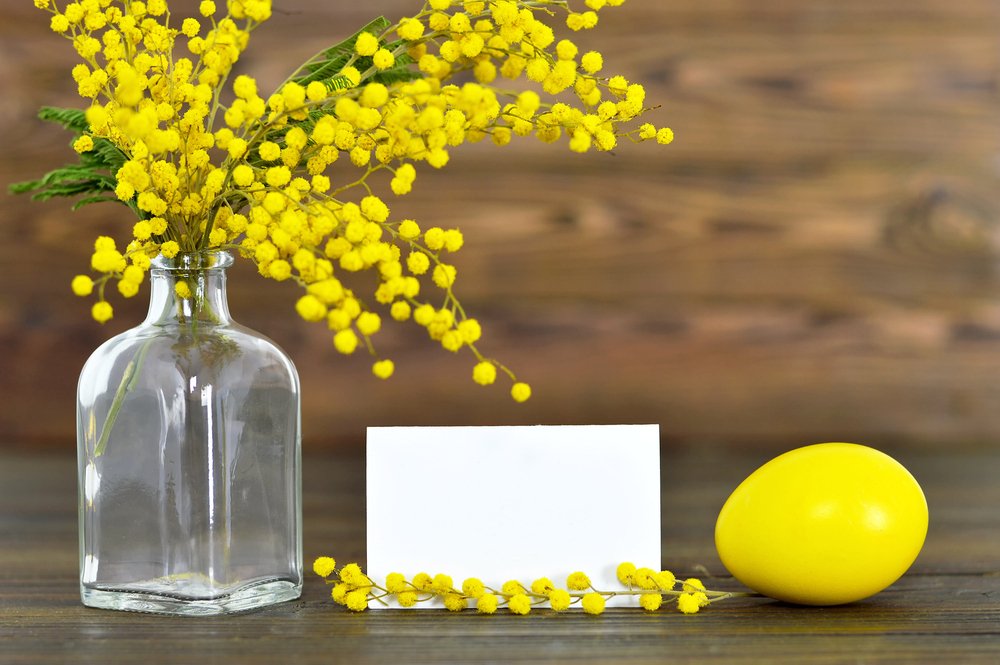
11. Make a Sundial
Procedure: Take a play dough ball and stick a medium length stick to it. Draw the markings of a clock on a wooden board. Place the play dough in the center of the board. Take this set up and put it in a sunny area.
Result: You will observe the shadow of the stick predicting approximate hour of the day. This can also be done in your backyard.
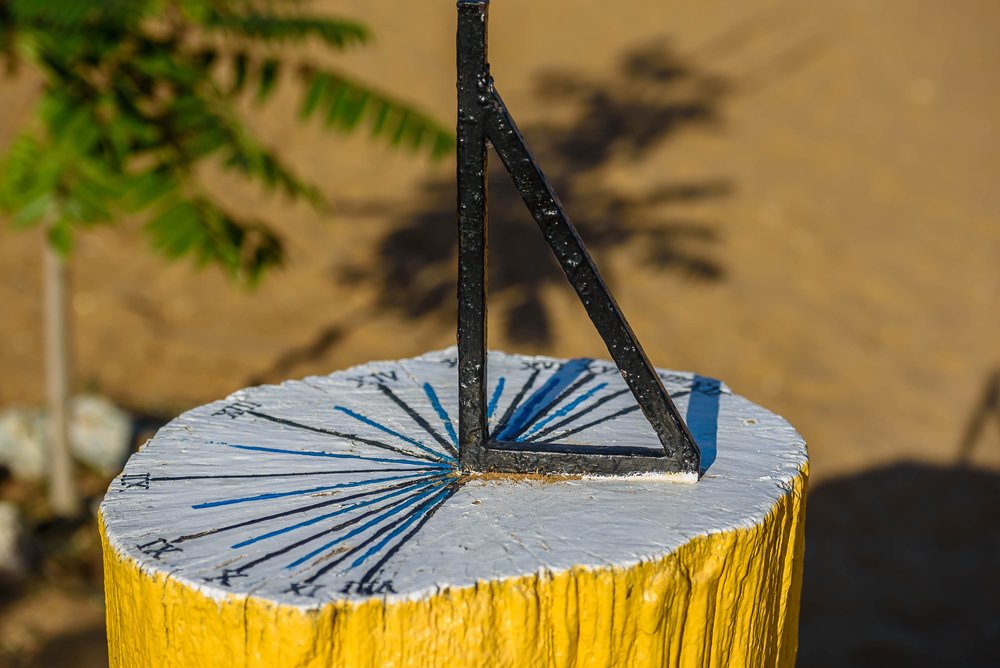
12. It’s Slime Time
Procedure: Take a bowl of water and add borax into it. Stir well till it dissolves completely. Add your desired quantity of white glue into another bowl. Add borax solution and knead the mixture well. You will need to add the borax solution many times to get the right slime consistency.
Result: Over a period of kneading your slime will be ready to play.
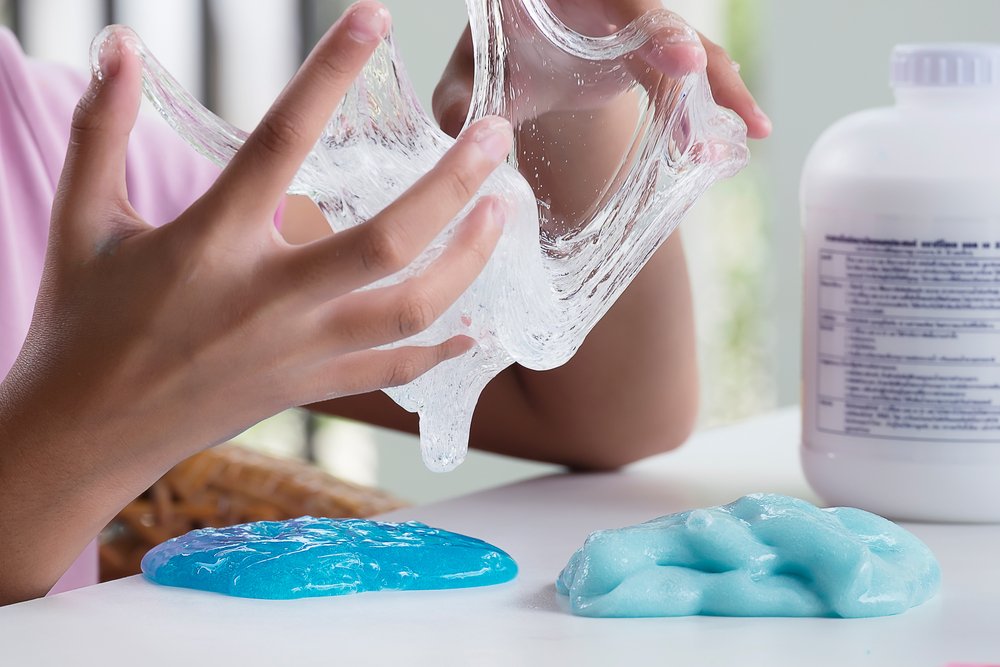
13. When Egg Floats
Procedure: Take a glass of water and put an egg into it. You will see the egg sink in the water. Now add about six tablespoons of salt to half a cup of water and dissolve well. Place the egg in the salt solution.
Result: The egg will float instead of sinking. This is because salt water is denser than the normal water.
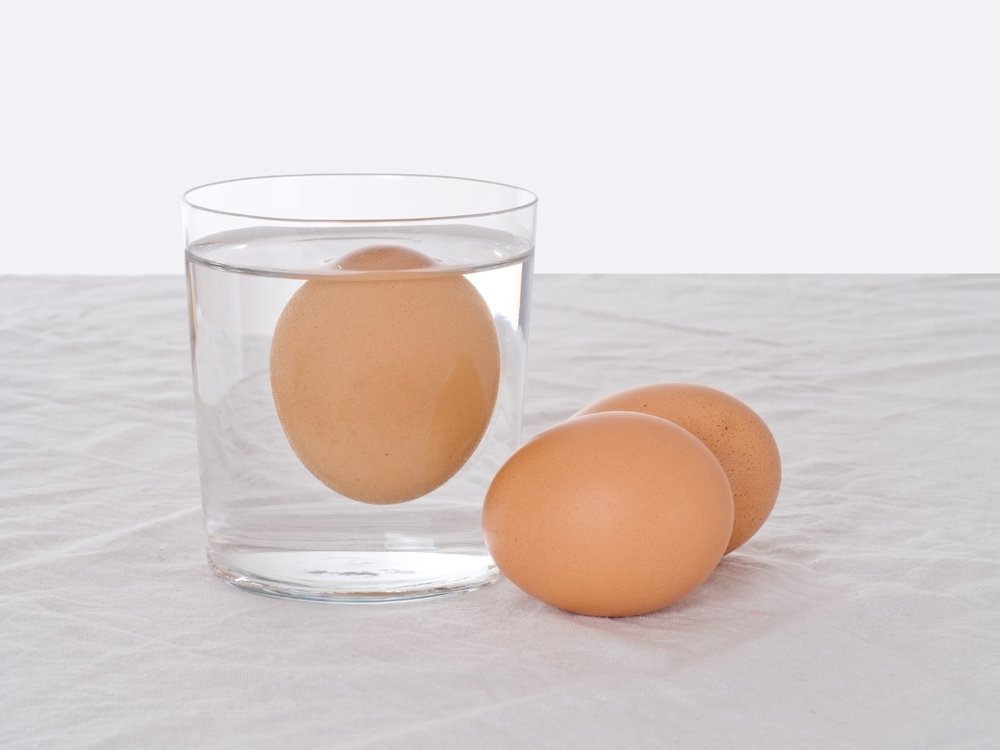
14. A Spaghetti Dance
Procedure: Fill a tall plastic glass with clean water. Dissolve two spoons of baking soda in it. Break spaghetti into 6-8 pieces; these pieces should be 1-2” each. Add them into the glass. After they sink, add some vinegar to it.
Result: The spaghetti starts moving about due to chemical reaction. Add more vinegar when the action slows down.
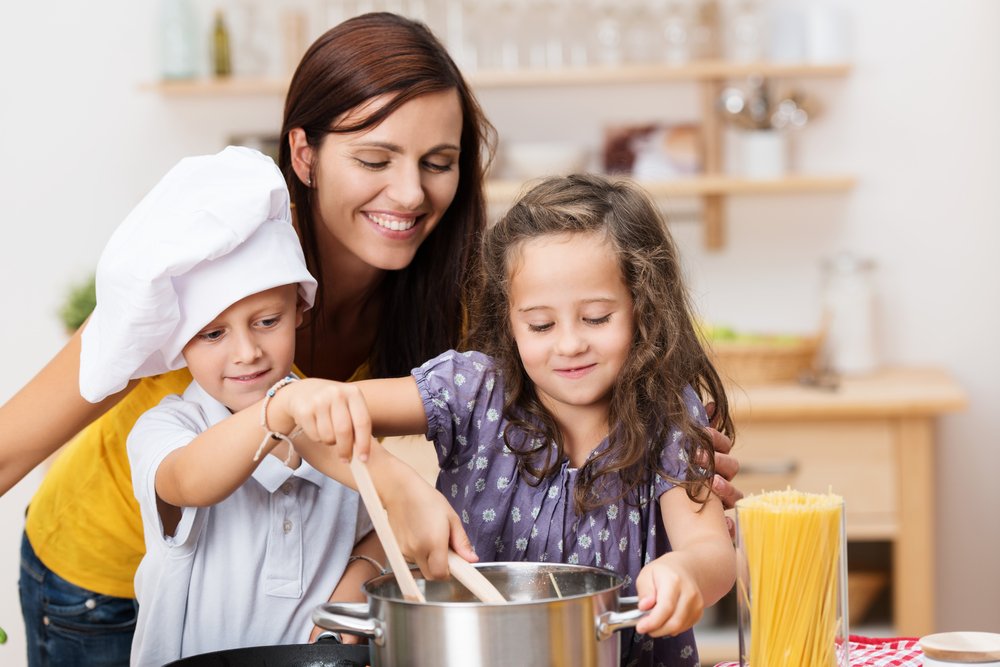
15. Colorful Lava Lamps
Procedure: Fill a transparent glass about 3/4th full of water. Add 5-6 drops of food coloring. Now pour vegetable oil till the glass is full. Add pinches of salt after it settles on water.
Result: You can observe blobs of lava moving in the glass.

16. Fireworks on Milk
Procedure: Take a thin layer of milk in a casserole. Add 5-6 drops of glitter and some pinches of glitter. Take a toothpick and touch it on a detergent. Prick the surface of milk with the toothpick.
Result: Due to a disturbance in surface tension you will see the scattering of color and glitter similar to fireworks in the sky.

17. Pop Rocks and Balloons
Procedure: Fill a balloon with one full pack of pop rocks candy using a funnel. Open the bottle of soda and fix the balloon on the top. Shake it enough for pop rocks to fall into the bottle.
Result: You will observe the balloon inflating slowly due to the production of carbon dioxide. Carbon dioxide is the resultant of the reaction between soda and pop rocks.

18. Floating Marshmallow
Procedure: Take a marshmallow and roll it on corn starch to avoid stickiness. Put it in a glass of clean water. Now take another marshmallow and knead it into a small ball. Put this one into the same glass of water.
Result: The former marshmallow will be floating in the water. If the latter has sunk, then you have increased its density to be greater than that of water. If it is still floating, you can knead another marshmallow and try with it.
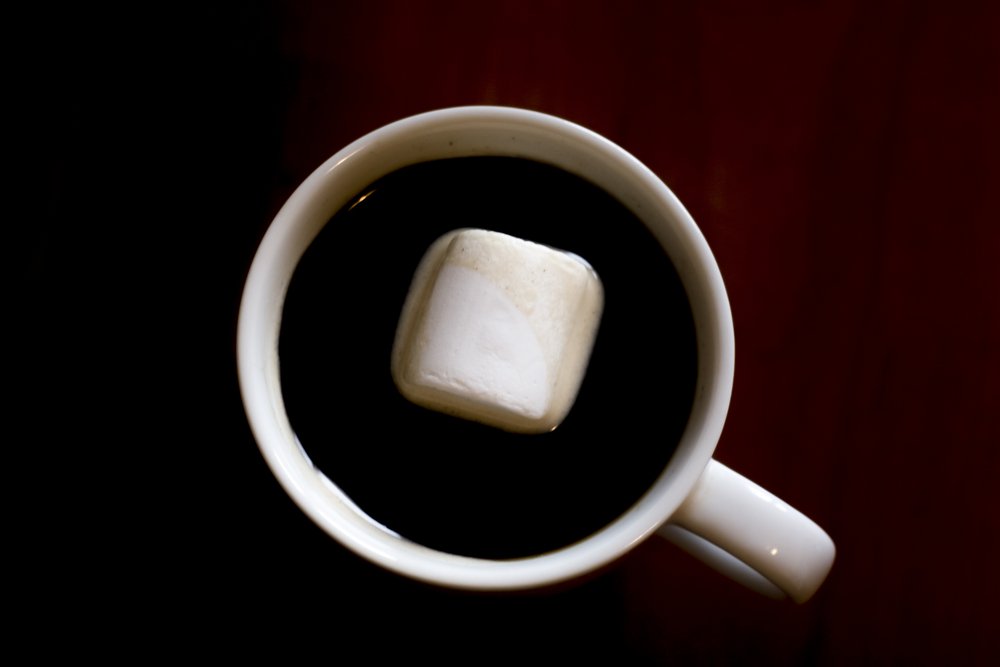
19. Swimming Raisins
Procedure: Take two tall plastic cups. Fill one with regular water and another one with carbonated water. Add few raisins into both of them.
Result: The raisins in the carbonated water will move up and down as if they are swimming. The raisins in regular water will settle down. Leave the raisins in regular water as it is over night. Note the change you observe!

20. Repeller or Absorber
Procedure: Take a bowl of water and a few drops of food color into it. Place various items like aluminum foil, cotton balls, butter paper, zip lock bag, sponge, etc. on a table. Take the colored water in an eyedropper. Start adding a few drops of water on each of the substance placed on the table.
Result: A few of these substances will absorb the water drops making them hydrophilic. The remaining will let the water drops remain as it is on their surface making them hydrophobic.
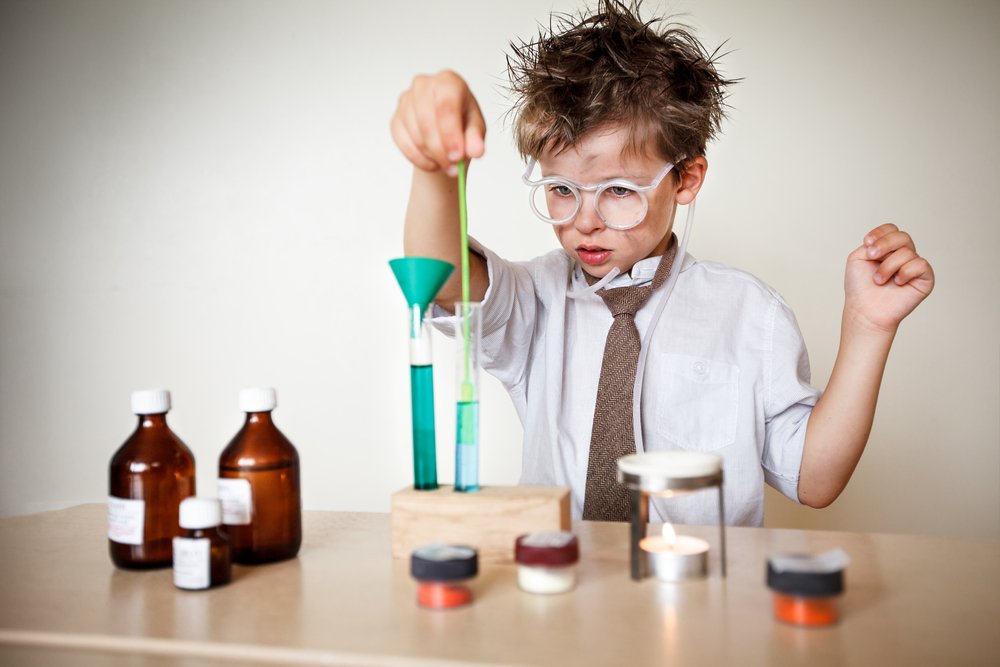
21. Organic Garden
Procedure: Arrange a few small pots or containers like old paint tins. Fill them with fine soil from the backyard. You can put different types of seeds in each of the containers. You can use organic manure like fruits and vegetable peels to get rid of pests.
Result: This is a guide to creating an organic garden. It will help your child to understand the importance of plants.
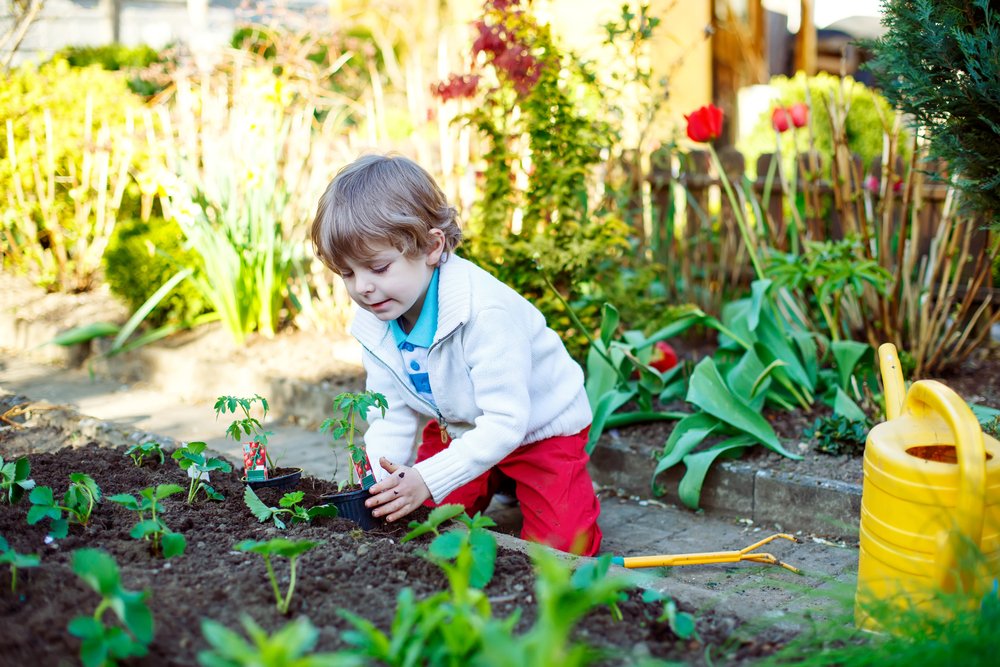
22. Bubble in a Bubble
A fun science project that requires just a water, dish soap, sugar, and a straw.
Mix all the ingredients, and split some of the lquid on the table. Dip the straw into the mixture and use it to blow a bubble on the table.
Dip the straw in the mixture again, and stick it into the first bubble. Blow another bubble inside the first bubble.
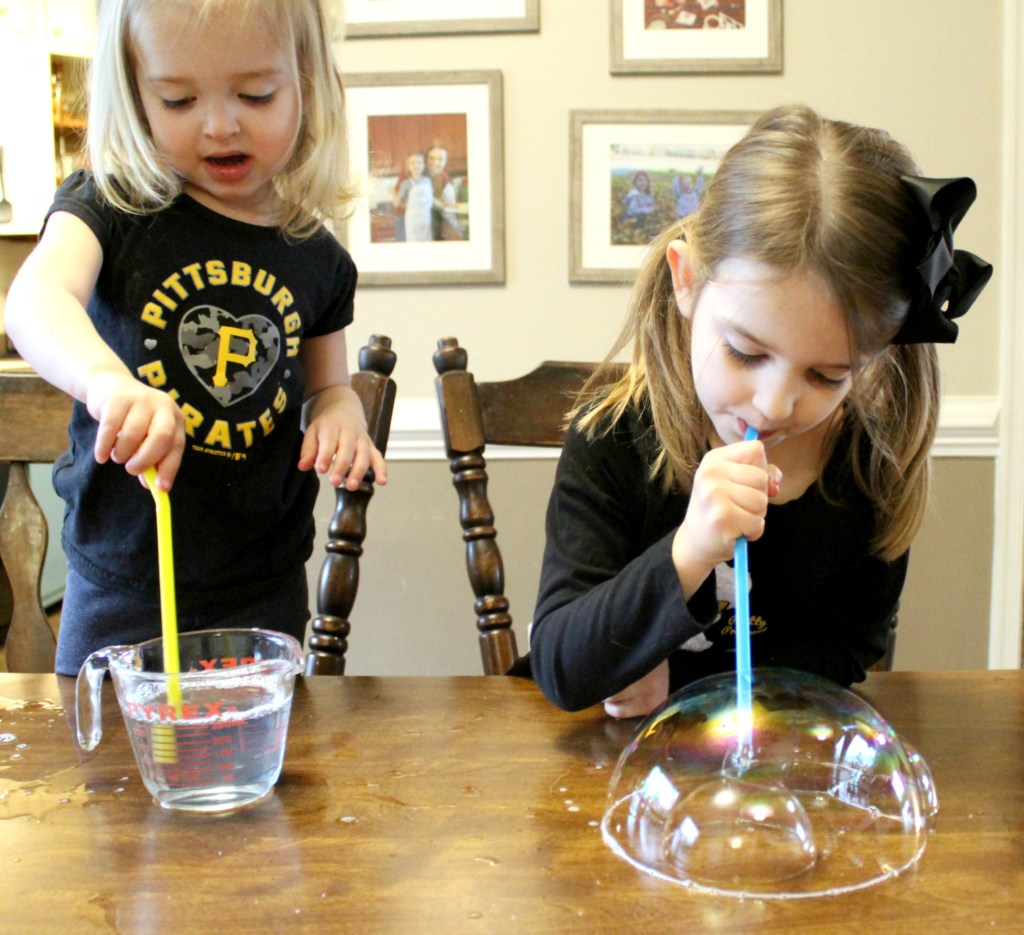
23. Red and Blue Food Coloring Race
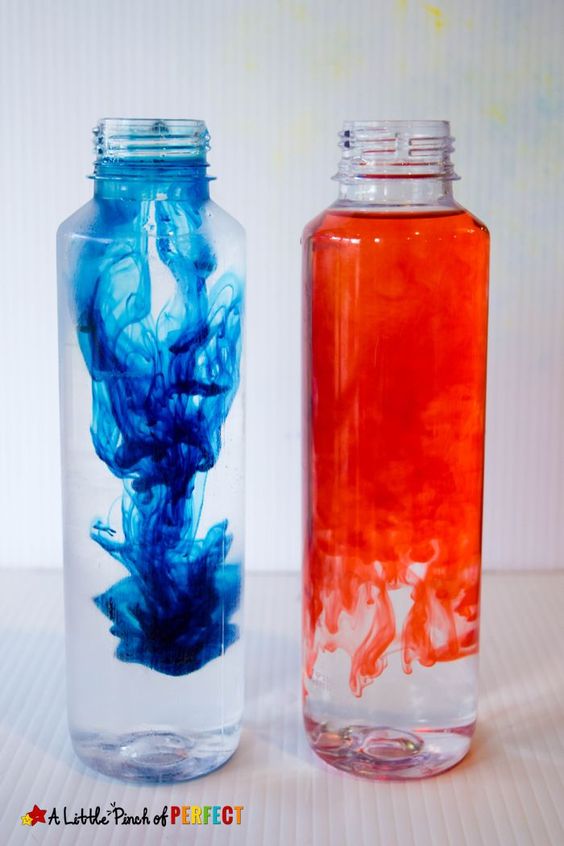
Fill one tall container with cold water, and one with hot water. Drop a few food coloring red drops in the hot one, and blue food coloring drops in the cold water.
The blue color will move much slower than the red color because the molecules of the hot water are with more energy.
24. Snowstorm in a Jar
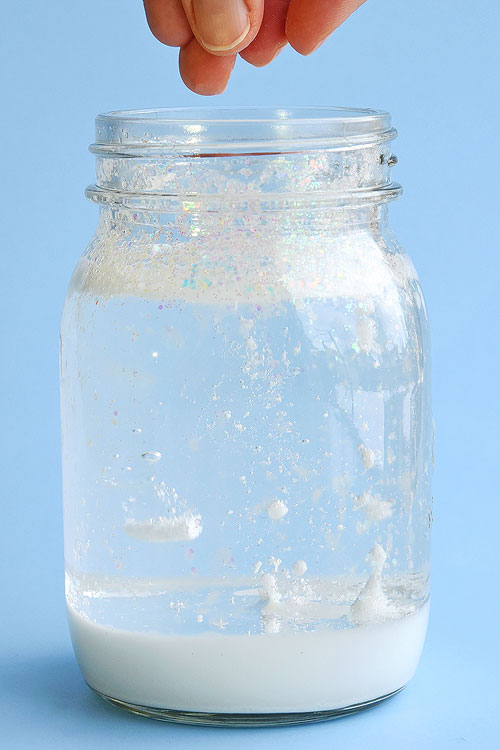
Enjoy the snowstorm in a jar experiment together with your little scientists. All you need is:
- Mason Jar (16 ounce size)
- Baby Oil
- Irridescent Glitter
- White Paint
- Alka Seltzer
Fill 2/3 of the jar with baby oil. Mix the white paint with water and pour the liquid into jar. Add the glitter, and sprinkle with small pieces of Alka Seltzer. And right after you will become a witness of a beautiful snowstorm in a jar.
25. Dancing Rice
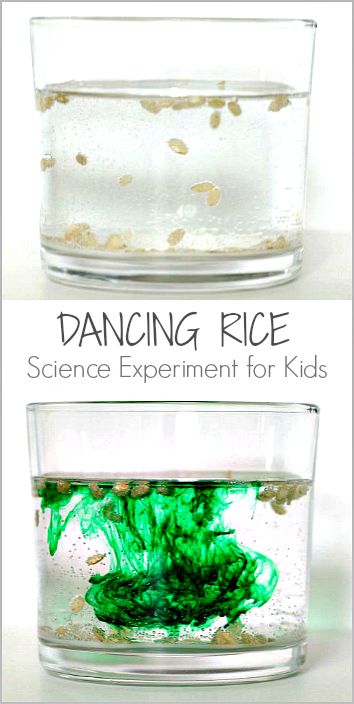
Materials and instructions needed for the experiment taken from Buggy and Buddy:
- Clear container
- Water
- Baking soda
- Vinegar
- Rice (We used a short grain brown rice.)
- Spoon
- Optional: Food coloring
Instructions:
- Pour one cup of water into your clear container.
- Add 1 teaspoon of baking soda to the water and stir.
- Sprinkle some rice into the mixture.
- Add 1 tablespoon of vinegar to the water. The vinegar reacts with the baking soda in the water creating bubbles of carbon dioxide.
- In the next few minutes the rice will begin to “dance”. As bubbles of carbon dioxide adhere to the rice, the rice is brought up to the surface. Once it reaches the surface, the gas is released, and the rice falls back down again.
26. Kids Cloud Experiment
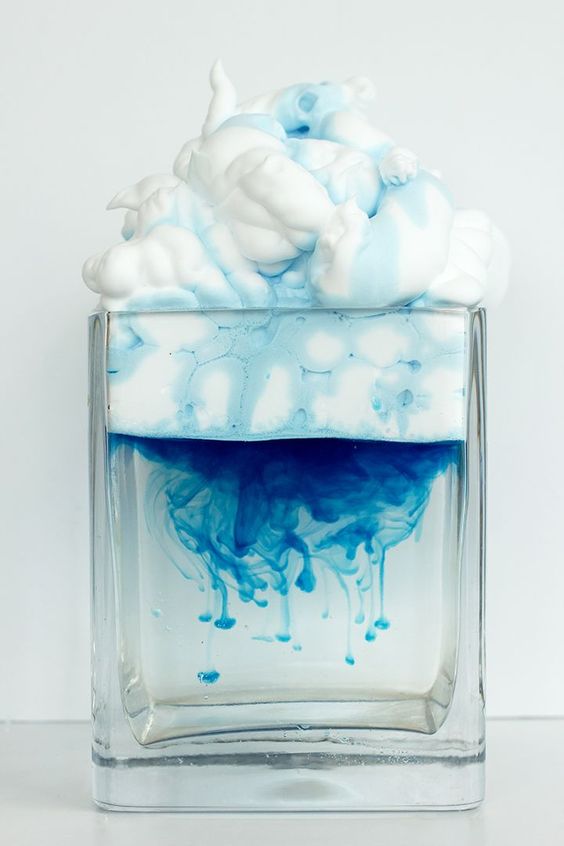
Learn about the different types of clouds, and the process of helping to form them with this super fun science experiment for kids seen in Alice and Lois.
Supplies:
- Glass Vase
- Shaving cream
- Blue food coloring
- Dropper
Instructions:
- Fill the vase ¾ full of water.
- Fill the top of water with white foamy shaving cream.
- Mix a separate bowl of water and food coloring. Using a dropper, start adding the colored water to the shaving cream.
- Watch the cloud hold the colored water until it becomes too heavy and the colored water starts to rain!
27. Flower Experiment

A science experiment that needs more time to see the results. Especially when you are using different types of flowers.
If you place daisies in a vase with colored water, you will notice a change in the color of their petals depending on the color you have added to the vase. For the daisy experiment, the approximate time for absorbing the colored water is about 10- 14 days.
28. Bean Experiment
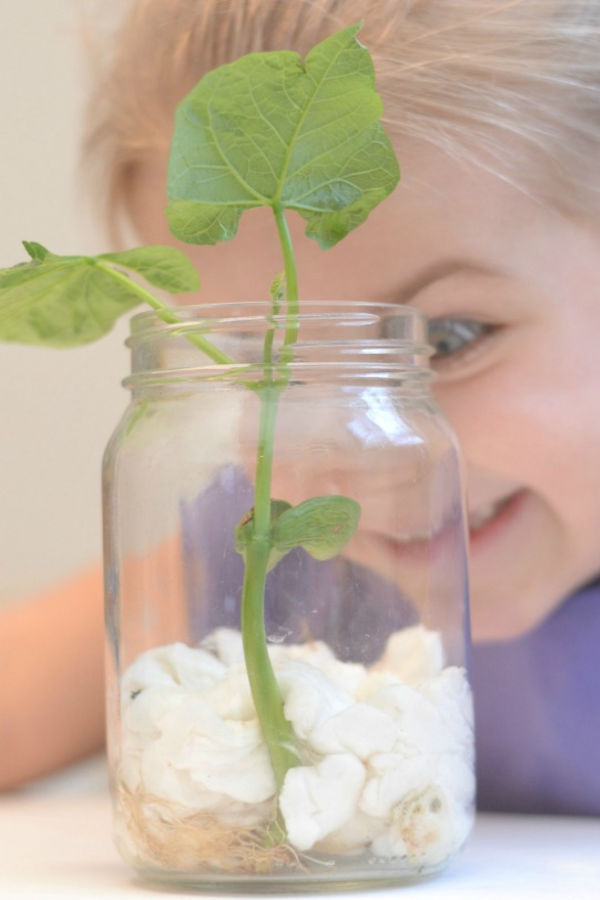
Let’s grow Jack’s beanstalk.
Materials:
- An empty jar
- Cotton balls
- A dry bean
- Water & a sunny window
Instructions:
Place wet cotton balls into the jar and wedge a bean between them.
Make sure you keep the cotton balls wet during the whole experiment, which usually takes approximately one week when the bean spruce and a small beanstalk appear.
29. Skettles Experiement
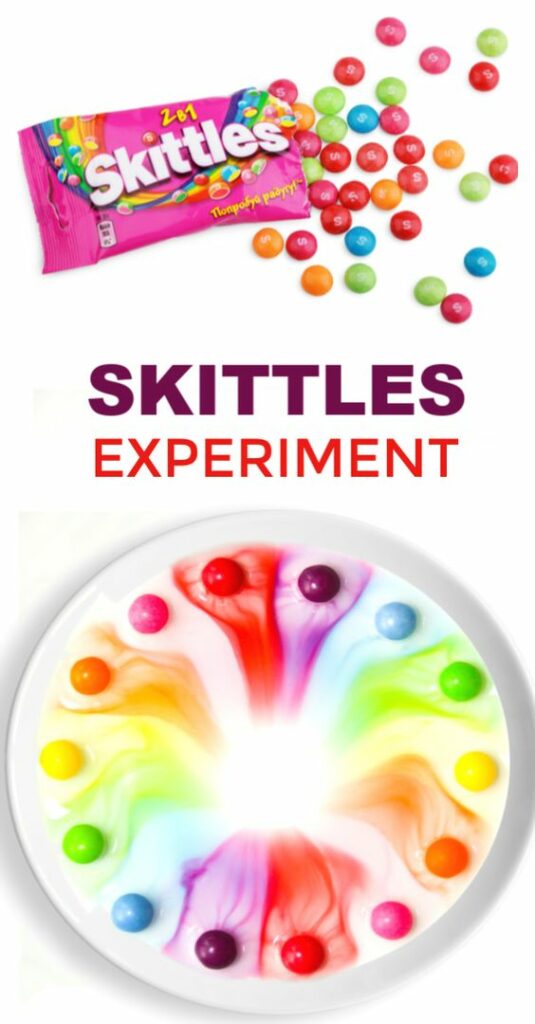
Your kids could enjoy this fun rainbow experiment with their favorite candies.
Supplies:
- Skittles
- Hot water
- A shallow dish
Place the candies along the inner perimeter of a plate. There is no particular order for the colors. You can try in different order anytime you want to practice this experiment.
Once you place the skittles, it is time to add the hot water to the center of the plate. Make sure you add water without floating the candies.
You will notice immediately how the outer shell of the candies cracks and dissolves and creating a mesmerizing rainbow effect.
Hope these experiments will bring in a lot of fun and knowledge to your kid’s life!


